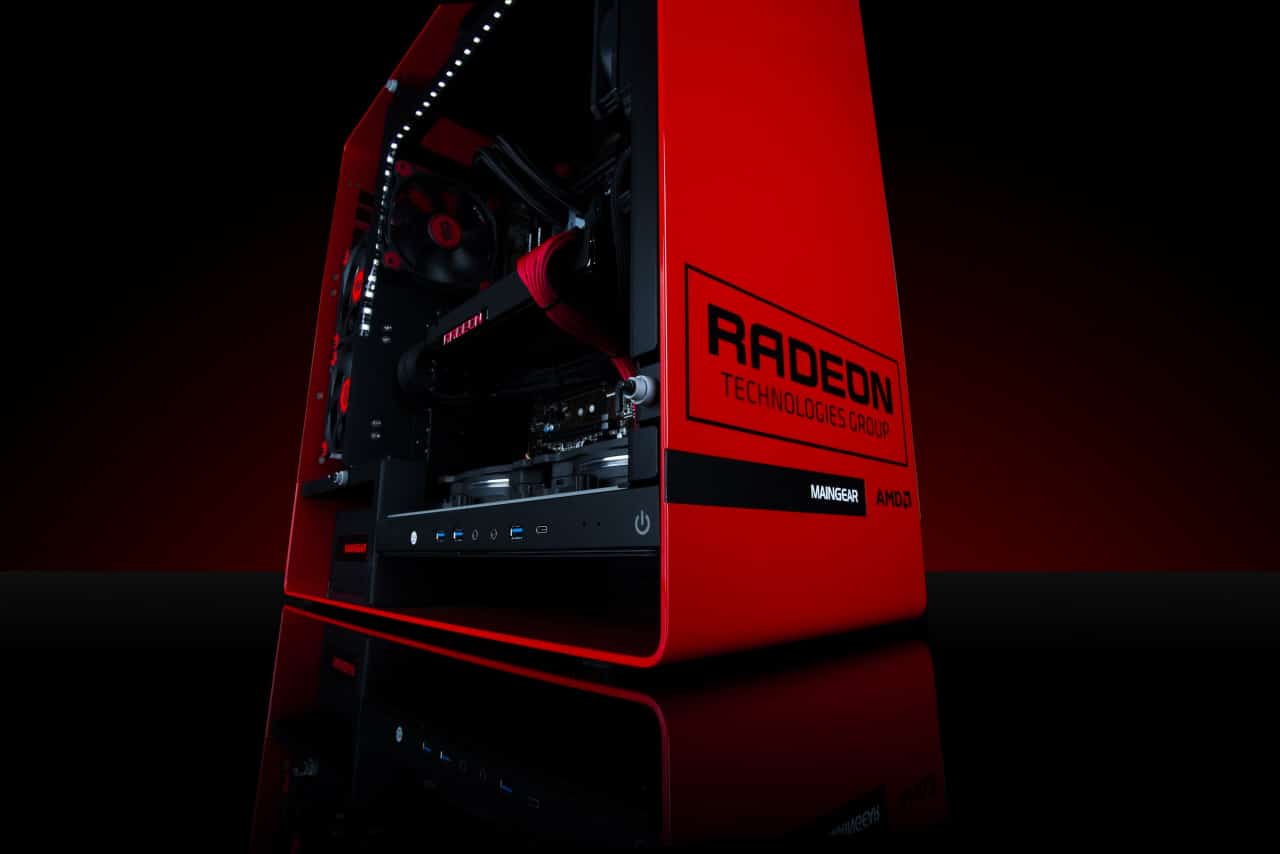For enthusiasts, this year’s Computex will be the most packed in many years. Not only is Intel launching Broadwell-E with ten cores for the top model Core i7-6950X, AMD and Nvidia are releasing graphics cards and architectures with new manufacturing technologies for the first time in over four years.
Most point to Nvidia having Computex in the firing line for Pascal, where a first wave of graphics cards will replace the Geforce GTX 980 Ti, GTX 980 and GTX 970. Already at CES 2016 in January, AMD announced behind closed doors that they intended to launch Polaris at Computex, but the details are all the less.
Referring to credible sources, Benchlife writes that AMD will at least release information about Polaris to Computex. It will then be about the graphics circuit Baffin, now known as Polaris 11, which is said to be the Radeon R7 470 series, and Ellesmere, which is called Polaris 10 and lays the foundation for the R9 480 series.
According to previous information, Polaris 11 will have a 128-bit memory bus and come with 1,024 stream processors, but it is assumed that the full-scale circuit will come with 1,280 pieces. Something similar also applies to the Polaris 10, which in leaks has a 256-bit memory bus with 2,304 stream processors, but whose full design is believed to land at 2,560 pieces.
Provided that the information is correct, Polaris 11 and Polaris 10 roughly correspond to today’s graphics cards in the Radeon R7 370 and R9 390 series in terms of performance. However, this does not count on the improvements AMD implemented in the new Graphics Core Next 4.0 architecture, which will be much more powerful per stream processor and manufactured at 14 nanometers at Globalfoundries.
Interesting in this context is that the power consumption is stated to be below 50 W for Polaris 11 and just over 100 W for Polaris 10, ie more than a halving compared to the previously mentioned series. This is in line with the company’s promise of 2.5 times higher energy efficiency compared to today’s graphics circuits manufactured at 28 nanometers.
















